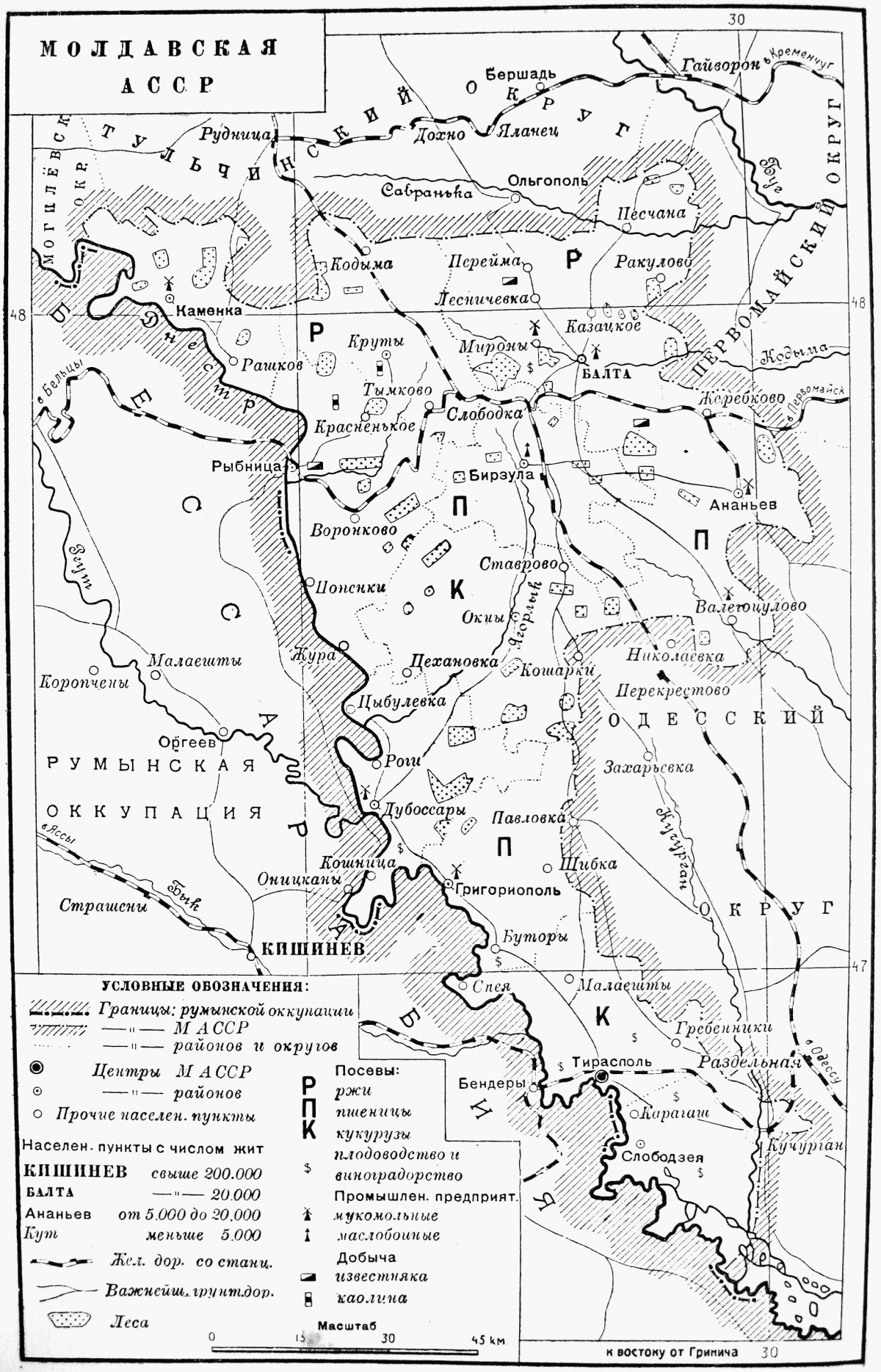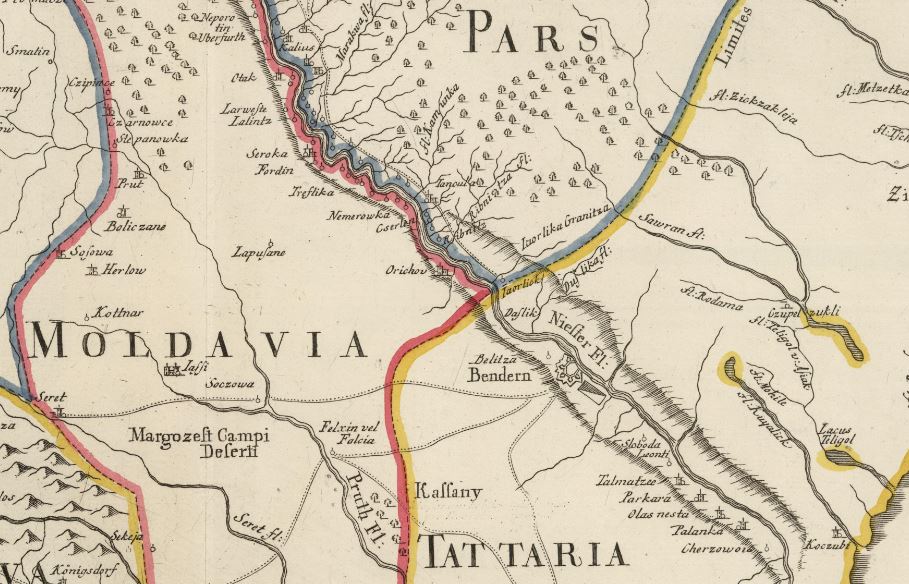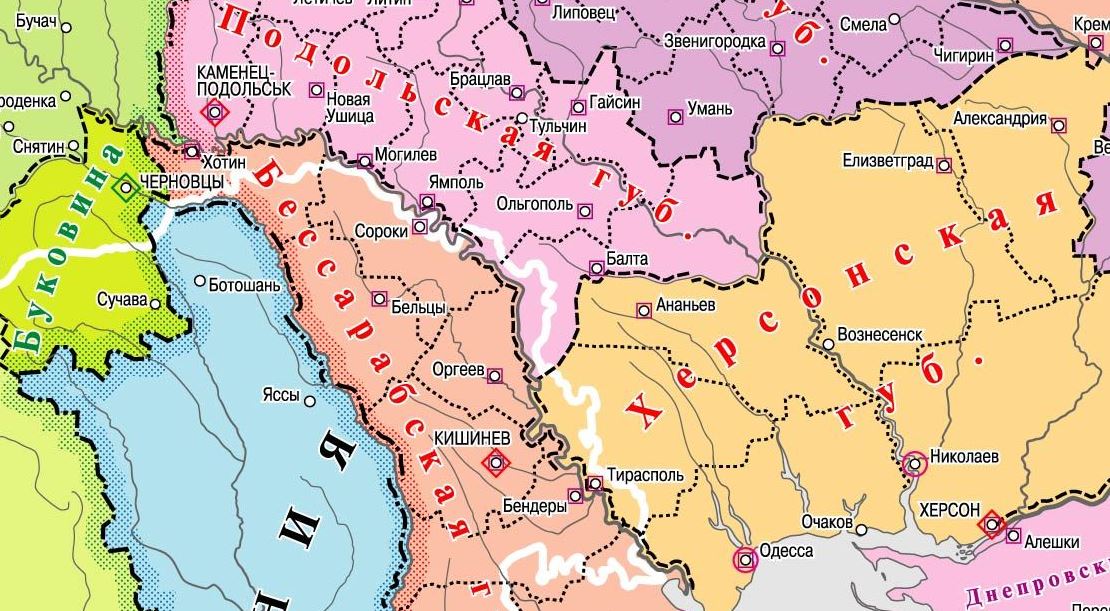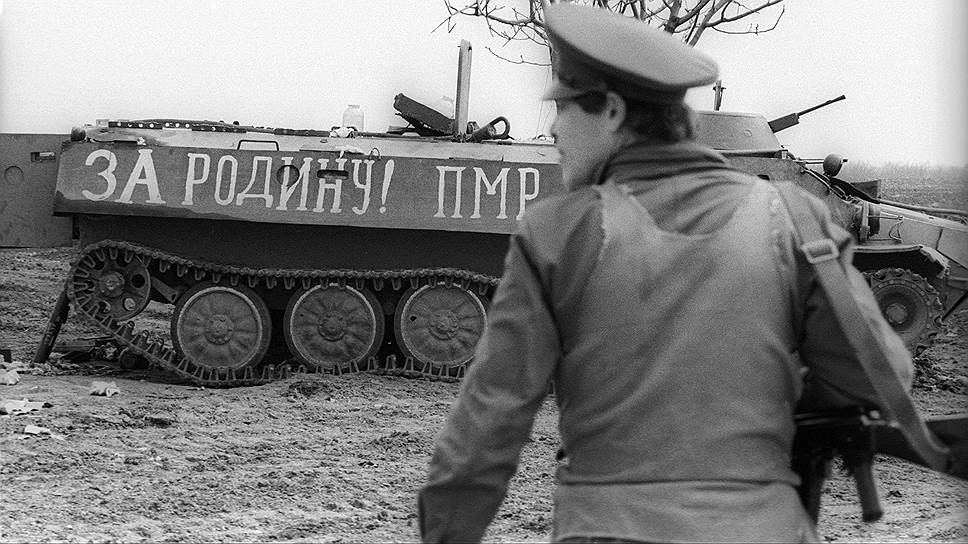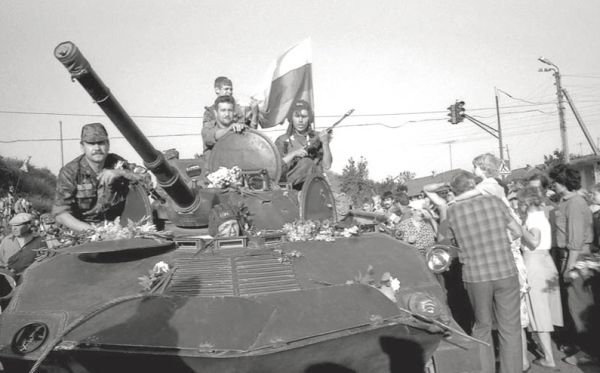
History of Pridnestrovie
История Приднестровья
The Pridnestrovian Moldavian Republic (PMR) was proclaimed on 2 September 1990 as a result of the will of its inhabitants. The referendums culminated a series of strikes by Pridnestrovian workers against a discriminatory language law adopted by the Moldovan Parliament in 1989, which violated the rights of nationalities. Statehood was a form of protection of the interests of the peoples of Pridnestrovie.
The proclamation of the republic was logical from the political point of view: in June 1990 the Moldovan Parliament recognized the creation of the Moldavian Soviet Socialist Republic (MSSR) as an illegal act, thus abandoning the republic. In fact, it withdrew from the common state with Pridnestrovie - the MSSR was formed in 1940 by the unification (under the directive of the Soviet government) of Bessarabia and the districts on the left bank of the Dniester, which at that time were part of the Moldavian Autonomous Soviet Socialist Republic (MASSR) with its capital in Tiraspol.
It should be noted that historically Bessarabia and Pridnesrovie were included in different political or regional associations. Only in a short 50-year period, from August 1940 to September 1990, the two regions were formally and legally united in the Soviet Union republic.
Residents of Pridnestrovie did not accept the idea of a titular nation, which Chisinau tried to impose. Poly-linguism, cultural diversity and internationalist thinking have historically been the distinguishing features of Pridnestrovie. Numerous archaeological finds indicate that since ancient times the territory of the country was the point of intersection and coexistence of various cultural traditions. Scientists say Pridnestrovie is one of three unique historical and cultural regions of Eastern Europe (along with the Caucasus and the Crimea), where at all times there lived a mixture of nationalities, which led to the emergence of vivid cultural traditions.
Judging by the latest archaeological data, the first human collectives appeared here about a million years ago. There are numerous traces of interaction between different societies throughout the country. This is the western edge of the belt of the Eurasian steppes and one of the centres of contact of nomadic Eastern tribes (from India, Iranian highlands and Mongolia) with sedentary civilizations of Eastern Europe and the Northern Balkans.
In the 5th c. BC the cultural and historical community of Cucuteni-Tripolye flourished, which left the terracotta figurines of mother goddess, painted ceramics and the remains of houses (many of which hag several floors). The Trypillian artefacts are similar to the finds in the Balkans and Asia Minor, which indicates the mutual influence of these regions.
Artefacts of the Trypillian culture
In the Dniester region, the Trypillians coexisted with the steppe peoples, who are known as Indo-Europeans. It was they who left in our territory numerous earth pyramids – burial mounds, or barrows.
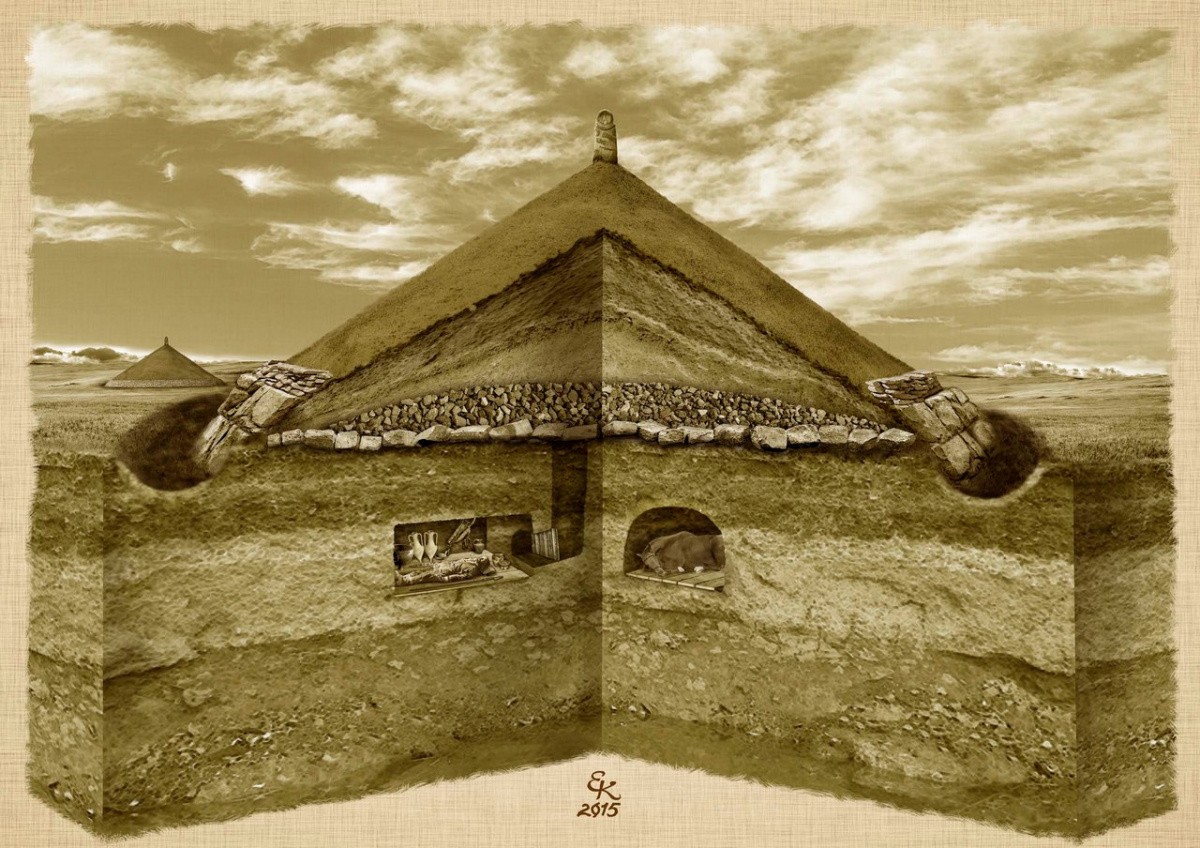
A barrow in section. Reconstruction. Yevgeny Kray
For thousands of years these cult places also served as burial sites. They are like a layered pie made of historical epochs - the profiles of barrows can show you the history of centuries with cavalcades of Cimmerians, Scythians and Sarmatians, silver decorations of Thracians, ceramic dishes of Greek colonists who built their cities in the mouth of the Dniester.
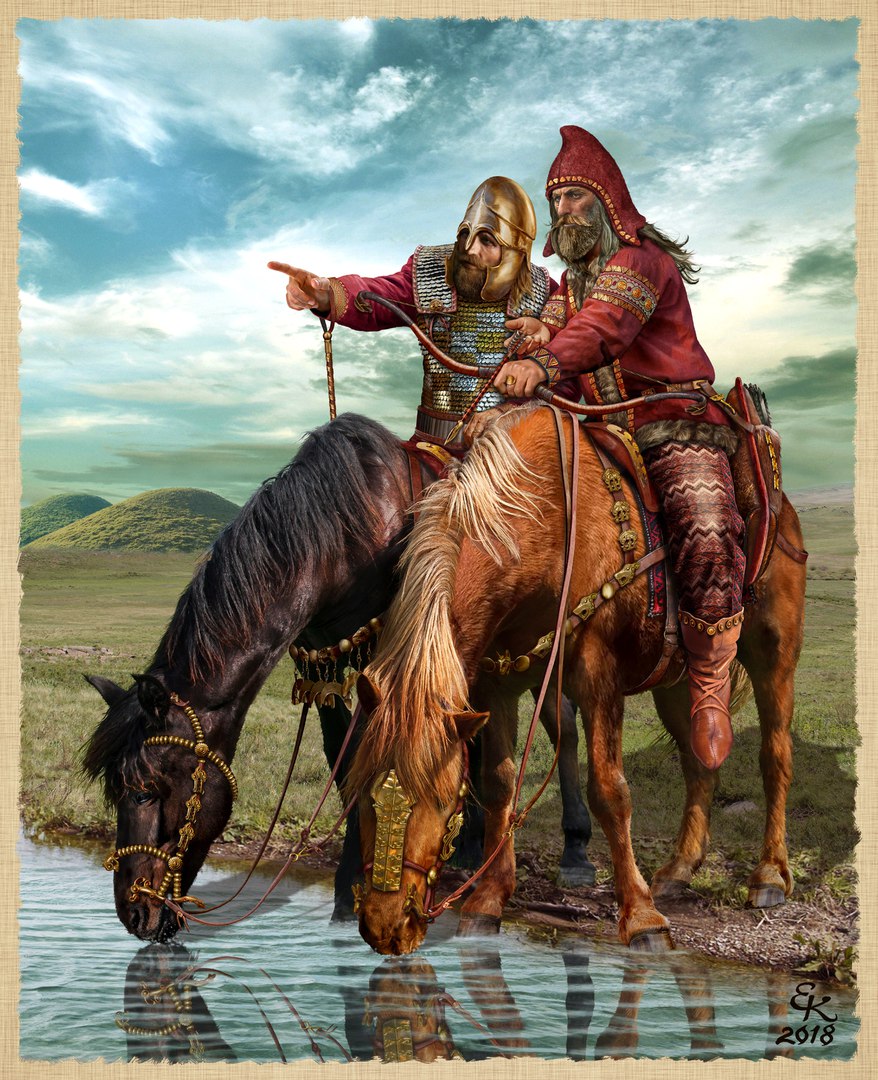
Scythians. Reconstruction. Yevgeny Kray
The Goths came here from faraway Scandinavia in the 3rd century AD. Later they would also call Pridnestrovie their homeland, preparing to resist the invasion of the Huns, the eastern conquerors of the steppes. In the following epoch, there came the Avars, Hungarians, Pechenegs, Torques and Polovtsians who divided the steppe among themselves, building relationships with the Slavs, who chose the banks of the Dniester for settlement. Another page turned over and we can see the Tatar-Mongols watering their horses in the river after an attempt to conquer Europe - for several centuries they would control the steppe.
Since the 14th century, southern Pridnestrovie became the Crimea's zone of influence, from where the Tatars conducted their raids until 1783. On the right bank of the Dniester in the 16th century, the Turks, who were dominating in south-eastern Europe, built the Bendery Fortress.
Bendery Fortress
Территория вокруг укрепления будет подчинена турецкой администрации. А вот районы севернее реки Ягорлык станут частью Великого княжества Литовского и затем Польши.
As early as the end of the 18th century the territory of Pridenstrovie became part of the Russian Empire, although by that time a mixed population of Russians, Ukrainians, Moldovans, Armenians, Jews, Bulgarians, Serbs and many others had already lived here. These settlers became the ancestors of modern residents of the country.
The territories on the left bank of the Dniester were part of Novorossiysk (then Kherson) and Podolsk provinces of the Russian Empire until its collapse in 1917.
After the Civil War (1918-1922), during which Pridnestrovie supported the Odessa Soviet Republic, the Moldavian Autonomous Soviet Socialist Republic was created here in 1924. Bessarabia joined it after in 1940 the USSR in an ultimatum had demanded that Romania should return the former Russian province. Thus, the two regions formed the MSSR, which would exist until 1990 and would collapse due to xenophobia and discriminatory policies of Chisinau.
During the Great Patriotic War of 1941-1945, thousands of Pridnestrovians fought against Nazism, including in the biggest battles - the battles of Stalingrad, Kursk and Kiev, Iasi-Kishinev operation, the Balaton battle, the battle for Berlin. Meanwhile, the territory of Pridnestrovie was occupied until 1944 by Germany's ally - Romania. After liberation and by the end of the 1980s, Pridnestrovie as part of the Soviet Union would achieve the highest economic and social indicators.
At the time of the collapse of the USSR in 1991, several republics actually existed on the territory of the MSSR: Moldova, Pridnestrovie and Gagauzia. The Pridnestrovians at first asked for autonomy, then put forward the idea of federalization in order to provide themselves with legal protection from the ethnocratic arbitrariness of Moldovan politicians. However, instead of seeking a compromise, Chisinau decided to suppress the will of the residents of the PMR first by police dispersal of the demonstrators, and then by a military operation that in the spring of 1992 grew into a real war.
The tragic events in Bendery became the point of no return to the common state. The bloodshed was stopped only thanks to Russian peacekeepers.
July 1992. Bendery residents are welcoming the Russian peacekeepers
To date, the international community has not recognized the PMR as a subject of international law, considering the settlement of the Moldovan-Pridnestrovina conflict only within the framework of such an unviable wording as "the territorial integrity of the Republic of Moldova". Meanwhile, for a quarter of a century Chisinau has done everything possible to further alienate the Pridnestrovians. First, the Moldovan politicians thwarted the signing of a common state project (Kozak Memorandum in 2003) and then imposed an economic blockade against the PMR. These actions were subsequently supplemented by the initiation of criminal cases against Pridnestrovian entrepreneurs and politicians, free movement restrictions, problems with issuing export licences for Pridnestrovian companies.
The political and economic pressure by Chisinau led to 97% of the Pridenstrovian residents voting for independence and integration with Russia in a referendum in 2006.
Pridnestrovie has been living unrecognised for nearly three decades, which has a negative impact on the country's socio-economic situation. Nevertheless, the republic has legitimate institutions of power, law enforcement agencies and armed forces. The PMR intends to continue seeking international recognition, legal protection and historical justice.
Pridnestrovie's timeline
About 1 million years ago - first human collectives on the territory of Pridnestrovie
4th-3rd millennia BC, Copper-Stone Age - Cucuteni–Trypillia culture. Its traces have been discovefred near the villages of Vykhvatintsy and Rashkov
2nd millennium BC, Bronze Age - Pridnestrovie was included in the habitata of nomadic cultures: Yamna, Catacomb, Sabatin, Belozersk. Emergence of barrows
9th-7th centuries BC - The Cimmerians, mentioned by Herodotus, lived in the steppe. Some researchers suggest that the burial mound of Cimmerian kings is on the banks of the Dniester
7th - 2nd centuries BC - domination of the Scythians. A great number of their barrows have been found. A unique Scythian necropolis has been studied in the village of Glinoye, Slobodzeya region
6th century BC - The Greeks founded the cities of Tire and Nikonius in the mouth of the Dniester
1st century BC - 3rd century AD - the Sarmatians dominated the Dniester-Carpathian region
57 AD - Romans in Tire. A stone slab with the decree of Roman Emperor Commodus (2nd century) was found in the 19th century in Korotnoye.
3rd century - The Goths came to the northern coast of the Black Sea. The Dniester became the border of the kingdoms of the Visigoths and the Ostrogoths
375 AD - From Asia came the Huns, who routed the Gothic kingdoms and proceeded to Europe
6th - 7th centuries - Slavic settlements appeared on the banks of the Dniester
7th century - The Bulgarians passed through Pridnestrovie on the way to the Balkans
9th - 10th centuries - Pridnestrovie's steppe was occupied by the Hungarians prior to their migration to Transylvania, while the northern part of the region was settled by the Slavic tribes of Tivertsi and Ulichs
Mid-10th century - Pridnestrovie became part of Kievan Rus
10th - 11th centuries - The Turkic nomadic tribes of Pechenegs, Torques, Berendeys dominated the steppe
11th – 13th centuries - the Polovtsi (Kumans, Kuns) subdued the steppe, fighting with Kievan Rus
1241 - 1242 - The Tatar-Mongols passed Pridnestrovie on their way to Europe, Galician Rus and back
13th - 14th centuries - The region was included in the great empire of Genghis Khan's descendants - the Golden Horde. Meanwhile, the Genoese began to trade in the mouth of the Dniester
14th – 18th centuries – Northern Pridnestrovie became part of the Grand Duchy of Lithuania, and its southern part remained under the Crimea’s control
1538 – The Turks completely subdued neighbouring Moldova and built the Bender fortress
15th century – The Cossacks attacked Turkish and Polish garrisons, as well as Tatar cordons
17th - 18th centurie - settlements of Moldovans, Ukrainians, Russians, Jews, Armenians, Bulgarians, Serbs and other peoples appeared in Pridnestrovie
1989-1792 - establishment of the Black Sea Cossack Host with its centre in Slobodzeya
1792 - Treaty of Jassy. Southern Pridnestrovie became part of Russia. Tiraspol was founded on the left bank of the Dniester
1793 - Second partition of Poland. Northern Pridnestrovie became part of Russia
1918-1922 - After the fall of the Russian Empire, the territory of Pridnestrovie became part of the USSR following the Civil War
1918-1940 - Bendery was occupied by Romania
1924 - The Moldavian Autonomous Soviet Socialist Republic (MASSR) was founded in the territory of Pridnestrovie
1940 - liberation of Bessarabia from the Romanian occupation. The directive association of Bessarabia and the MASSR into a new union republic - Moldavian SSR (MSSR)
1989 - Pridnestrovie went on strike against a discriminatory "language law" adopted by the Supreme Council of the MSSR
June 1990 - The Moldovan parliament declared the establishment of the MSSR illegal and in fact withdrew from the common state with Pridnestroive
2 September 1990 - proclamation of the Pridnestrovian Moldavian Soviet Socialist Republic (PMSSR)
2 November 1990 - The Moldovan police used weapons to disperse the demonstrators in Dubossary. The first victims of the conflict
25 August 1991 - declaration of Pridnestrovie's independence
September-December 1991 - attacks of the Moldovan police on Dubossary
2 March 1992 - beginning of large-scale aggression of Moldova against Pridnestrovie
19 June 1992 - attack of Moldovan military units on Bendery
29 July 1992 - arrival of the first peacekeeping forces in Pridnestrovie
2003 - Moldova thwarted the signining of a common state project, also know as "Kozak Memorandum"
2006 - Moldova started an economic blockade against Pridnestrovie
11 September 2006 - 97% of Pridnestrovian voters backed independence and subsequent accession to Russia in a referendum

